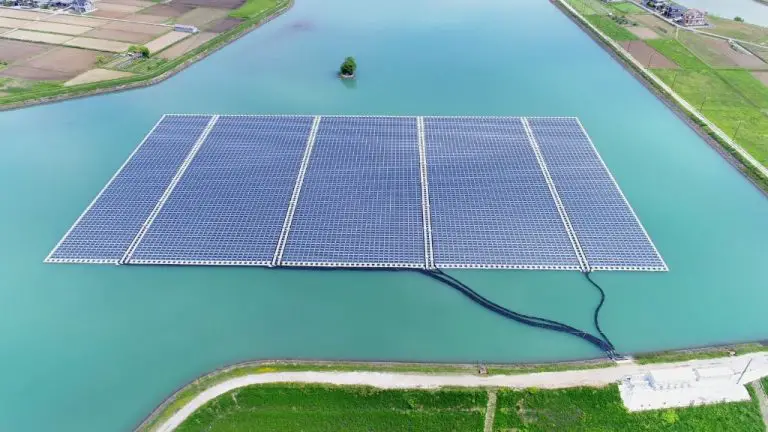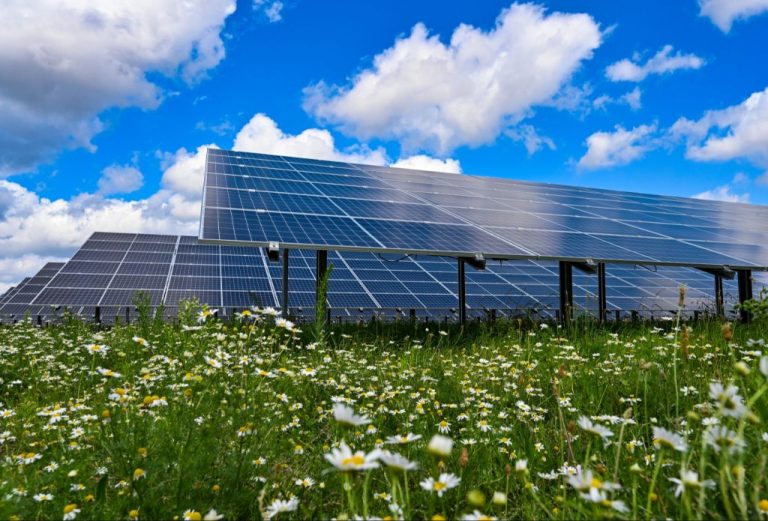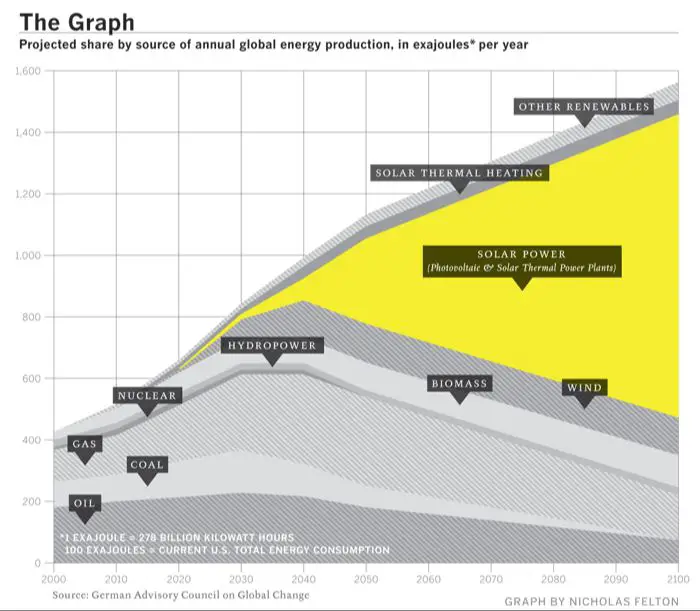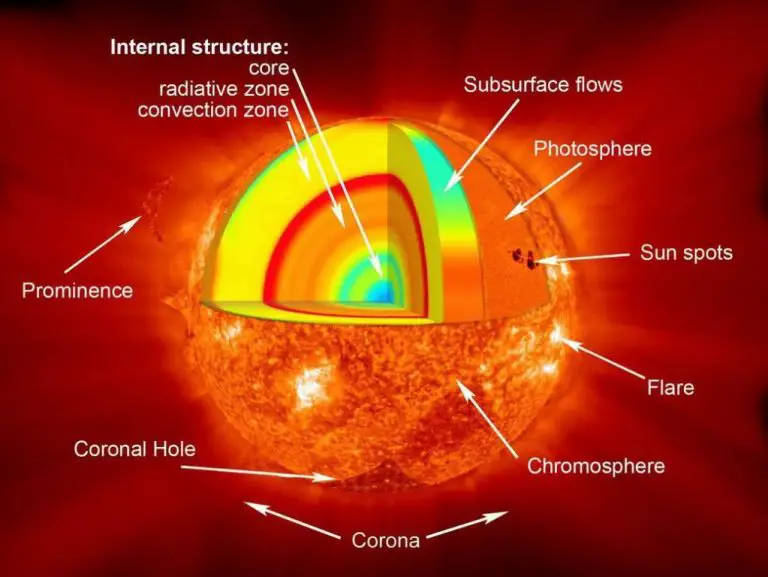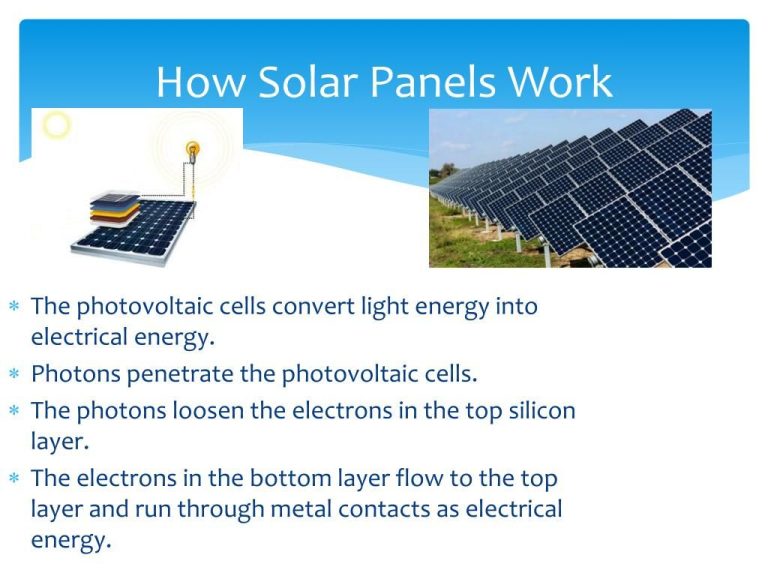Is Solar Power Future Proof?
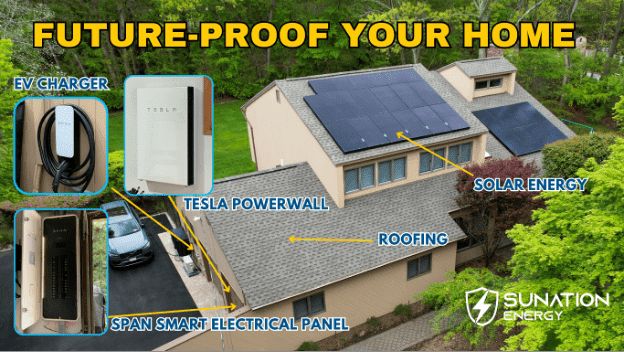
Solar power is the energy harnessed from the sun and converted into electricity using solar photovoltaic panels. The growing popularity of solar power can be attributed to its environmental benefits and cost advantages over traditional fossil fuels.
Solar panels convert sunlight directly into electricity using the photovoltaic effect. When sunlight (photons) strikes solar cells within a panel, electrons are knocked loose and generate an electric current that can be channeled and used. This clean energy source does not create air or water pollution and can help combat climate change by lowering a home or business’s carbon footprint.
Solar power has become more affordable and accessible. The cost to install solar has dropped over 70% in the last 10 years, making it competitive with electricity from utilities in many parts of the world. Government incentives like tax credits also help offset installation costs for homeowners and businesses. With solar technology improving and costs declining, global solar photovoltaic capacity is expected to grow substantially in the coming decades.
Advantages of Solar Power
Solar power offers several key advantages as an energy source. First, it is a renewable and virtually inexhaustible resource. The amount of sunlight that hits the Earth’s surface in one hour is enough to meet the world’s annual energy needs (https://www.energy.gov/energysaver/benefits-residential-solar-electricity). Solar energy does not require fuel and is available everywhere the sun shines. This means solar can reduce dependence on finite fossil fuel reserves that are concentrated in certain geographic regions.
Additionally, solar has a very low environmental impact compared to conventional power plants. Solar panels generate electricity without air or water emissions, noise pollution, habitat disruption, or waste production. Widespread adoption of solar would significantly reduce greenhouse gas emissions and air pollution (https://www.enelgreenpower.com/learning-hub/renewable-energies/solar-energy/advantages-solar-energy). Solar supports energy independence and sustainability.
Disadvantages of Solar Power
Despite the many benefits of solar power, it does come with some downsides:1
The most significant disadvantage of solar energy is the high upfront cost. Installing solar panels and related equipment like inverters and batteries requires a substantial upfront investment. This can make solar power financially prohibitive for many households and businesses, even though the ongoing operating costs are very low.
Another key challenge with solar power is its inherent variability and intermittency. Solar energy production depends on the amount of sunlight at any given time, which varies throughout the day and by season. Cloud cover and bad weather can significantly reduce solar energy generation. This intermittency issue can make solar power more difficult to integrate into the grid compared to more consistent sources like coal and nuclear. Energy storage solutions like batteries can help mitigate this challenge but add even more to costs.
Solar power also requires a significant amount of space for the panels. While rooftop systems take advantage of existing structures, large-scale solar farms require large swaths of land. This land use requirement could eventually become a constraint on how much solar capacity can realistically be installed.2
Though solar power offers many environmental and sustainability benefits, it does have drawbacks like high initial costs, intermittency challenges, and substantial land requirements that must be weighed.
1 https://www.constellation.com/energy-101/energy-innovation/solar-energy-pros-and-cons.html
2 https://www.greenmatch.co.uk/blog/2014/08/5-advantages-and-5-disadvantages-of-solar-energy
Solar Technology Improvements
Solar panel technology continues to improve in terms of efficiency and functionality. Some key areas of innovation include:
Increasing panel efficiency – New solar cell materials like perovskites can potentially achieve over 25% efficiency, compared to around 17-22% for standard silicon cells today (Source). Tandem/multi-junction cells that layer materials can reach 30-40% efficiency.
Better storage solutions – Paired with batteries or thermal storage, solar PV can provide power overnight. Flow batteries and solid-state batteries are emerging storage technologies suited for solar (Source).
Smart grids – Sophisticated controls and connectivity allow dynamic balancing of supply and demand, integrating diverse generation sources. Microgrids and virtual power plants also enable optimized solar usage.
Cost Competitiveness
The cost of solar power has fallen dramatically in recent years, making it increasingly cost competitive with conventional energy sources like coal and natural gas. According to the LBNL Tracking the Sun report, most residential solar photovoltaic systems fell in price by over 50% from 2010 to 2020 (Cost of Solar Panels Over Time). This downward trend is expected to continue, with some analysts predicting average system costs to decrease by another 40% by 2030.
Several factors are driving down costs, including improvements in solar panel efficiency, streamlined permitting and installation processes, and economies of scale. As more solar is deployed worldwide, manufacturers are able to achieve larger economies of scale, further reducing costs.
Reaching grid parity, when solar electricity costs the same or less than conventional grid power, has been a major milestone. According to EnergySage, most major residential solar markets in the U.S. reached grid parity sometime between 2012 and 2017 (Solar Panel Cost In 2024: It May Be Lower Than You Think). Government incentives like the federal investment tax credit (ITC) have also helped spur solar adoption by offsetting upfront costs.
With solar already at or below grid prices in many areas and costs expected to keep falling, solar power is becoming an increasingly economical electricity source for homes and businesses.
Projected Growth
According to the Solar Energy Industries Association (SEIA) and Wood Mackenzie, the U.S. is projected to install 375 gigawatts (GW) of solar power capacity between 2022 and 2040, representing a 30.4% compounded annual growth rate. Solar energy will account for 25% of U.S. electricity generation by 2040, up from just 4% in 2022. Solar capacity additions in 2027 are projected to be 50% higher than in 2022, exceeding 50 GW per year for the first time. New solar capacity additions in the U.S. are expected to surpass new additions of natural gas in 2025 and continue outpacing natural gas additions through 2040. [1]
Solar photovoltaic power is projected to make up nearly half of the global growth in renewable energy up to 2026, according to the International Energy Agency (IEA). Solar PV accounted for 4.5% of total global electricity generation in 2022 and is projected to reach 19% by 2040. By 2026, the world’s solar PV power could grow by 1,300 gigawatts, about the amount of the entire electricity generating capacity in the U.S. today. The growth in global solar PV generation through 2022 represented an all-time high, increasing 26% compared to 2021.
Solar PV capacity in the Asia Pacific region is projected to more than triple between 2022 and 2040, accounting for two-thirds of all new solar PV deployment. China leads the world in installed solar PV capacity, holding about 35% of the global total in 2022. [2]
Challenges for Widespread Adoption
While solar power has many benefits, there are still challenges that need to be addressed for it to be adopted on a massive scale. Some of the key challenges include:
Policy and regulatory hurdles – In some areas, policies and regulations have not kept pace with solar technology advancements. Outdated rules around interconnection, net metering, and permitting can impede solar adoption. Policy reform is needed to remove red tape and enable solar to scale.
Transmission constraints – Solar often generates power far from population centers. New transmission infrastructure is required to transport this renewable energy to where it is needed. Building new high-voltage power lines faces cost and permitting obstacles.
Fossil fuel resistance – The fossil fuel industry sees large-scale solar adoption as an existential threat. They use lobbying and influence to slow the transition to renewables through subsidies, favorable regulations, lawsuits, and more. This resistance dampens political will for supporting solar.
Source: UCSUSA – Barriers to Renewable Energy Technologies
Environmental Factors
Solar power provides significant environmental benefits compared to fossil fuel-generated electricity. Solar panels produce electricity without air pollution or greenhouse gas emissions when operating (1). As the effects of climate change become increasingly apparent, reducing greenhouse gas emissions from power generation is critical. Regulations on emissions are also becoming stricter in many parts of the world, making solar power an attractive option for compliance (2). Furthermore, solar power enhances energy security by reducing reliance on imported fossil fuels. Countries can produce solar power domestically rather than importing coal, oil or natural gas. This provides energy independence and insulation from global energy price shocks.
(1) https://www.eia.gov/energyexplained/solar/solar-energy-and-the-environment.php
(2) https://www.energysage.com/solar/health-environmental-benefits-of-solar-energy/
Economic and Social Factors
Solar energy provides many economic and social benefits, particularly through job creation and improved energy access. According to a report from Energy5, the solar industry employed over 250,000 people in the US in 2019, with jobs including solar panel installers, project developers, engineers, and more. Solar jobs have increased 167% over the past decade as the industry has rapidly expanded (source). The growth of solar supports economic development and provides new employment opportunities.
In developing countries, solar power systems can provide electricity access to remote areas that lack grid infrastructure. Decentralized solar solutions like solar home systems, solar lanterns, and solar microgrids are bringing power to underserved communities and improving quality of life. For example, over 4 million solar home systems have been installed in Bangladesh, benefitting over 18 million people (source). Access to electricity enables improvements in healthcare, education, and economic activity.
Public opinion surveys show strong support for solar energy adoption. A 2021 Pew Research poll found that 92% of Americans favor expanding solar panel farms, the highest support among all energy sources. The appeal of solar comes from its cleanliness, sustainability, and energy independence (source). As solar technology improves and costs continue to fall, adoption is likely to accelerate.
Conclusion
To summarize, solar power has many advantages as a clean, renewable energy source that can help combat climate change. The costs of solar have come down dramatically, making it competitive with fossil fuels in many markets. Solar technology continues to improve, and growth projections show substantial increases in solar installations globally. However, widespread adoption faces challenges such as intermittent generation, land usage, and scaled manufacturing and installations. Some key factors in determining if solar can become a primary energy source include continuing innovation, policy support, financing mechanisms, and integration with storage and grid technologies. The future is promising for solar to play a major role, but it remains to be seen if it will be truly dominant and future proof.
In conclusion, solar power has come a long way but still has challenges to overcome before it can fully replace fossil fuels. With continued progress, solar can be a major pillar of a decarbonized energy system, but it will likely work in tandem with other renewables and technologies. The growth trajectory is positive, but solar’s future will depend on scaling and integrating it properly. With the right advancements and policies, solar has the potential to be a vital energy solution.

